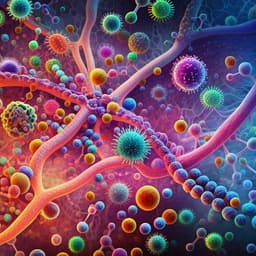
Food Science and Technology
Application of Raman spectroscopy and Machine Learning algorithms for fruit distillates discrimination
C. Berghian-grosan and D. A. Magdas
This pilot study explores the transformative potential of combining Raman spectroscopy with Machine Learning algorithms for distinguishing between various fruit distillates based on their trademark, geographical, and botanical origins. Conducted by Camelia Berghian-Grosan and Dana Alina Magdas, the research showcases impressive accuracy rates of 95.5% for trademark differentiation and 90.9% for geographical classification in the Transylvania region.
~3 min • Beginner • English
Related Publications
Explore these studies to deepen your understanding of the subject.







